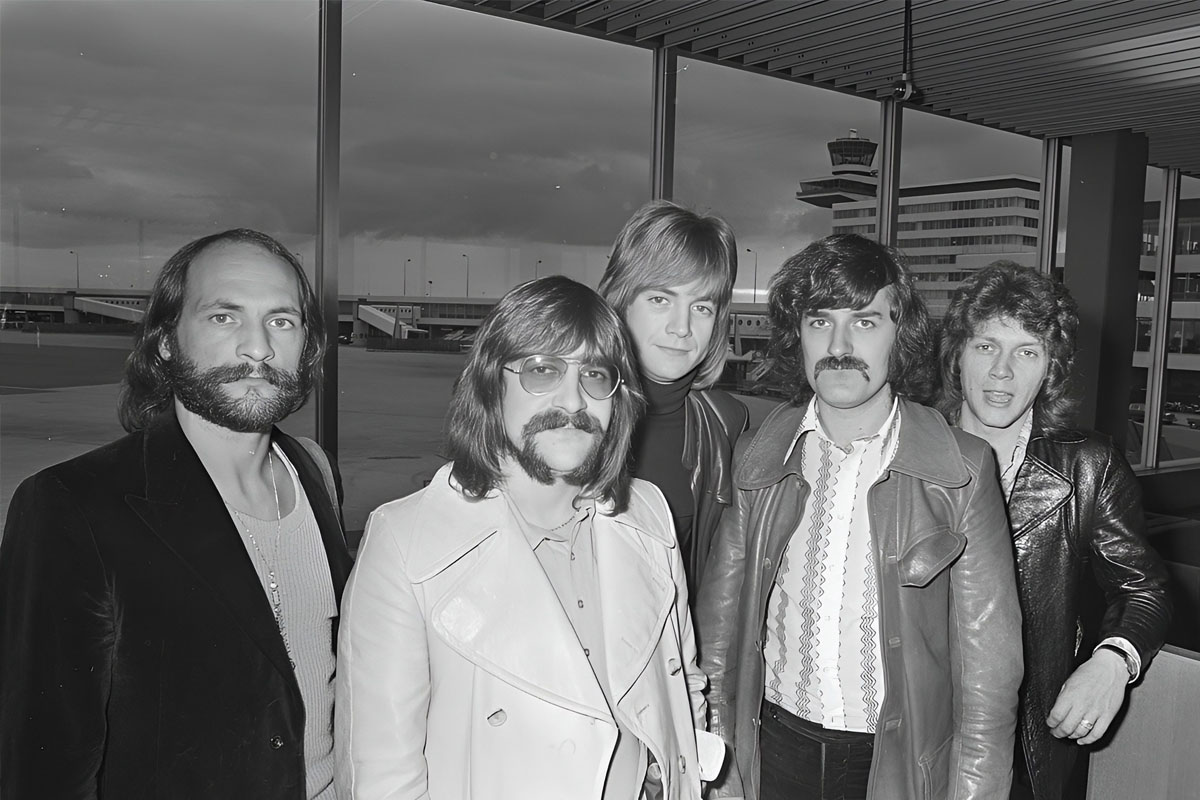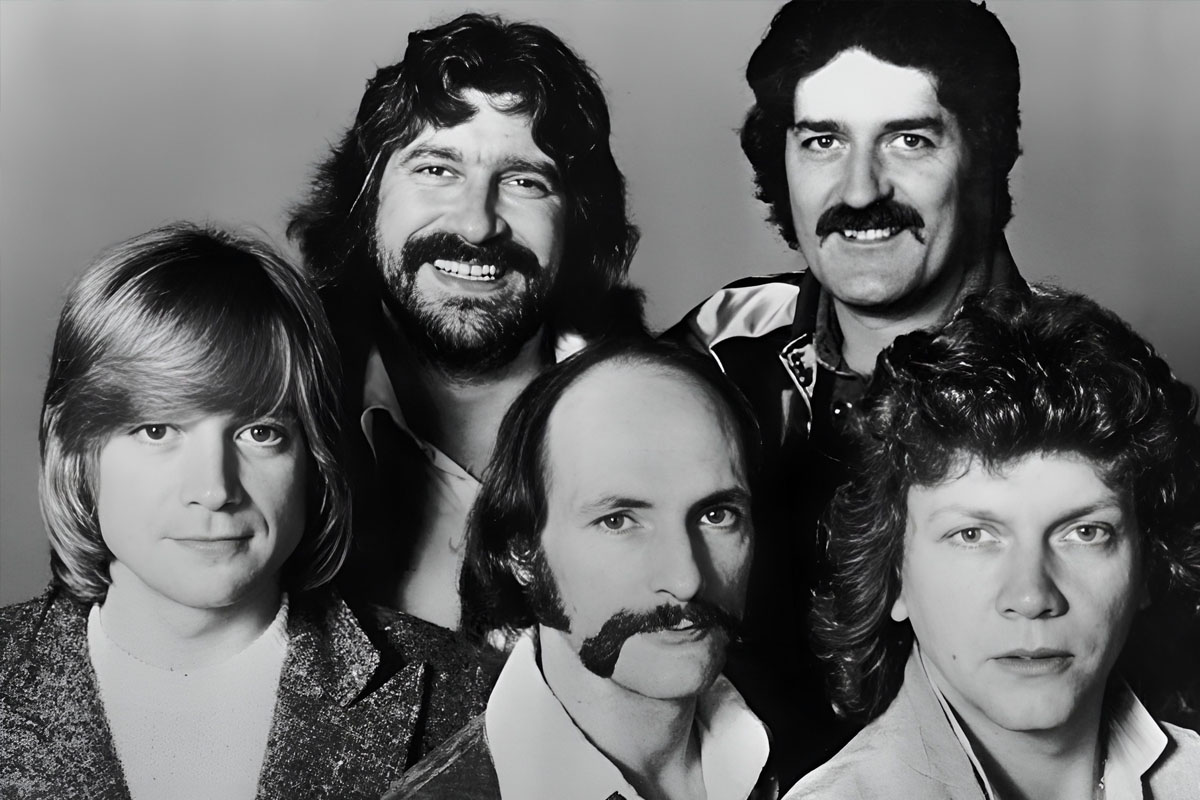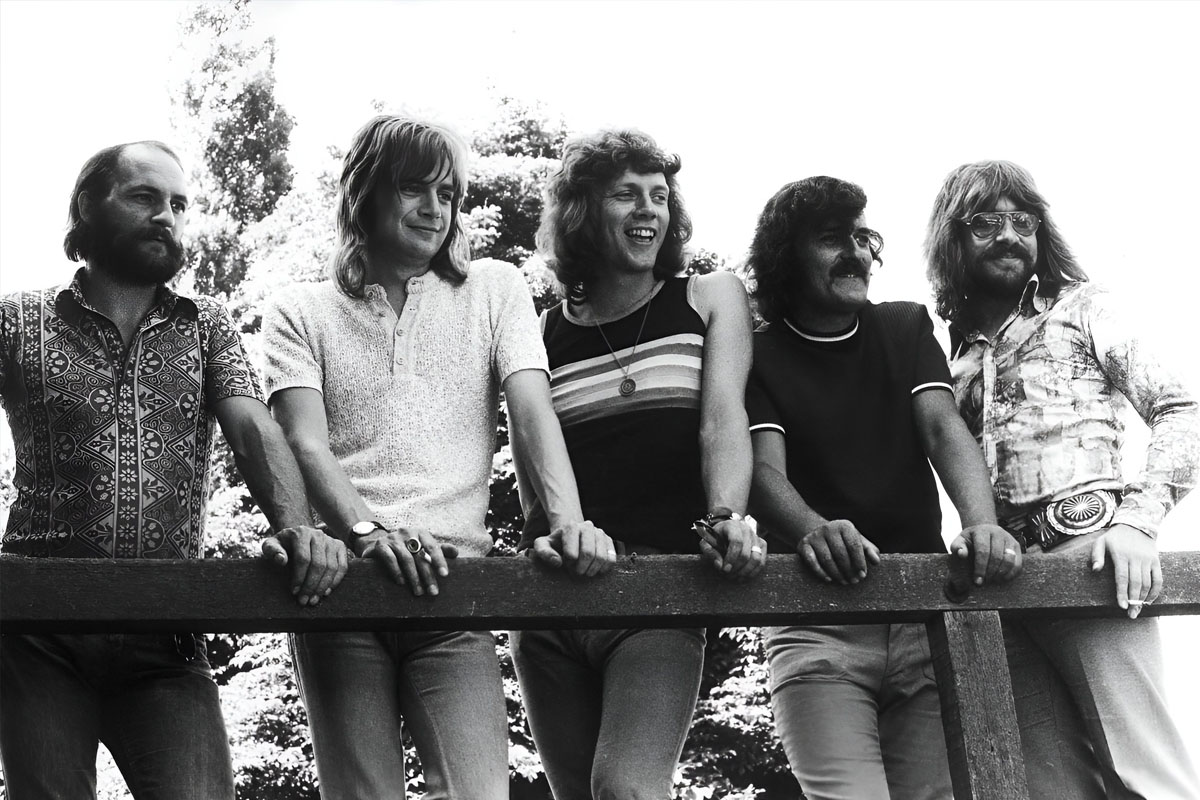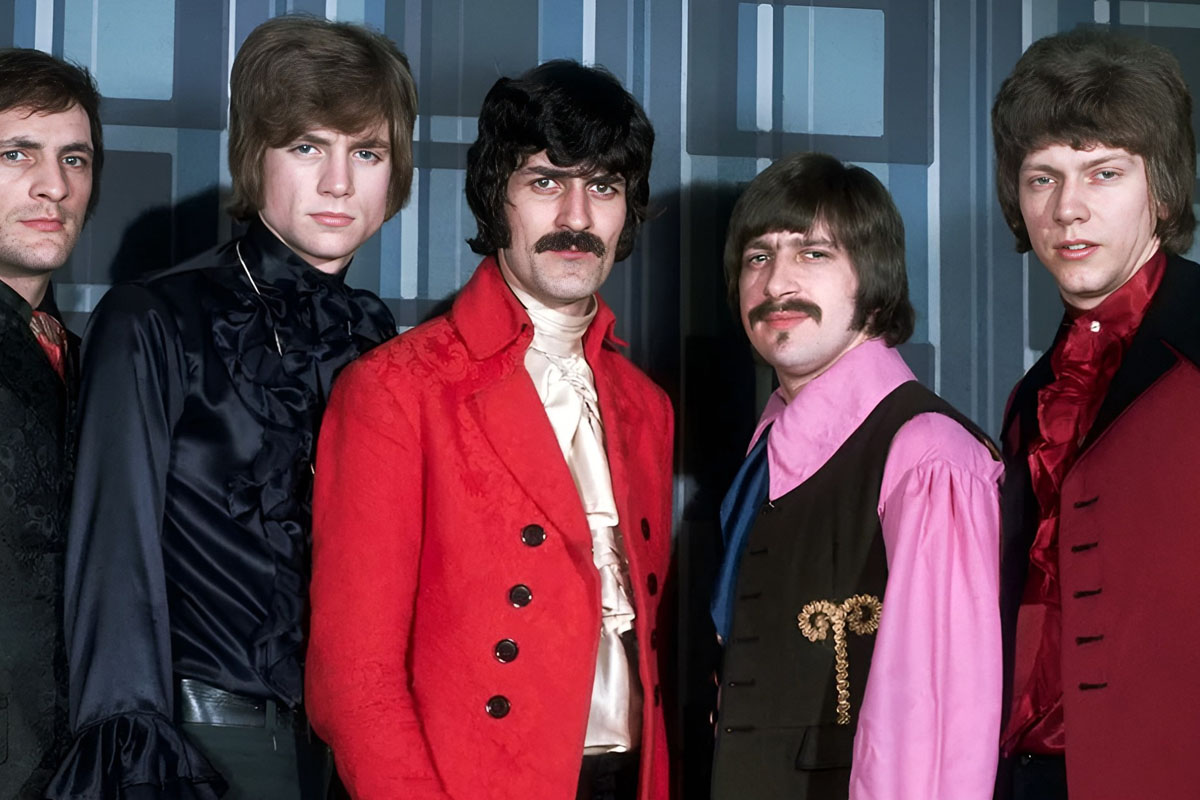Rock band The Moody Blues: history of their formation, work and discography, influences and legacy
Содержание
60s of the last century - the time of rock music formation. Despite the fact that the most popular rock band of this decade is the Liverpool foursome The Beatles, the history of music knows many more bands that released quite interesting works and defined the dominant rock music. musical style.
For example, the group The Moody Bluescreated in 1964, founded a sub-genre called progressive rock. This style of rock music is based on the complication of various musical forms and the combination of the characteristic for rock guitar sound together with other styles: classical, academic music. As a result, the band had the opportunity to create a real high art and to bring rock, which was once regarded as a popular movement, to something elitist. Freedom of form allowed The Moody Blues to transcend genre and set a new vector of rock development.
Early years and early successes
At a time when the world was already obsessed with Beatlemania, in the English city of Birmingham, five young men formed their own band playing rhythm and blues. A group called M&B Five immediately tried to find sponsors to take up professional concert and studio work, but the Birmingham brewery Mitchells & Butlers refused to co-operate with the promising musicians.

So the M&B Five started performing in small clubsThe British decided to change the name to a more understandable one. By the end of the first year of operation, the British decided to change the name to a more understandable one The Moody Bluesand that's when their business took off.
As the band's keyboardist Mike Pinder admitted: "The name of our band is a subtle reference to the jazzman Duke Ellington's song "Mood Indigo". We were also interested in how music affects people's moods, so this name seemed quite interesting...".
The Moody Blues' first single was released on the Decca label, but failed to chart. Therefore, the first real success came when the band appeared on a TV programme "Ready Steady Go!" and released their second single, a cover of soul singer Bessie Banks' "Go Now". The result - the first place in the UK Singles Chart and the top 10 of the Billboard Hot 100. The quickly conquered charts marked a new era in history The Moody Blues: it was now necessary to record full-length records.
The main stages of creativity
The group was most commercially successful and creatively active during the period of 1967 to 1974. The line-up of The Moody Blues was as follows: guitarist Justin Hayward, bassist John Lodge, keyboardist Mike Pinder, flautist Ray Thomas and drummer Graham Edge.

1967 saw the release of the band's calling card, the album "Days of Future Passed" which included the single "Nights in White Satin", which became the band's calling card. This record is conceptual and describes a day in the life of an ordinary man. Psychedelic music with elements of progressive rock, which reflected the corporate identity of the band, helped the Brits find their audience.
https://youtu.be/aMNVlzutQ4o
The next record is. "In Search of the Lost Chord" was certified gold in the USA and reached high positions in the charts. On this album, The Moody Blues began using the mellotron and emphasising the sound on this particular keyboard instrument. Complex musical structures, inspiration from Indian classical music and an incredible appeal to psychedelic music made of the "of the Birmingham Five true masters of their genre.
Continuing to make history, the band released two more albums in the following years, "On the Threshold of a Dream" and "To Our Children's Children," which received good reviews from critics and made The Moody Blues world stars. In 1970 they performed at the Isle of Wight Festival in England in front of over half a million people!
During the course of 1971 - 1973 the band released three more full-length records, taking the position of heavier and harder rockers. All albums reached the top charts in the UK and the US. However, during this period, the band members faced certain challenges difficulties…
The band will never be the same again.....
The recording of the eighth studio album "Seventh Sojourn" The Moody Blues' classic line-up began to lose its grip to some extent and the give upas the musicians felt immeasurable fatigue from the constant work. They needed a break, which lasted from 1974 to 1977.

The last record The Moody Blues' classic line-up was recorded immediately after the band's re-launch in 1977, and even critics noticed that The Moody Blues' work was no longer the same. Soon one of the inspirers Mike Pinder left the band and was replaced by Patrick Moraz from another prog-rock band Yes. Together with him they recorded 6 records, the most successful of which was the album of 1986 "The Other Side of Life".

At the beginning of the twenty-first century, the group left Ray Thomasand The Moody Blues became a trio. They continued to tour until up to 2018when they decided to end their musical career.
Phenomenon and legacy - why are The Moody Blues loved to this day?
The Moody Blues - A great example of how initiative combined with talent and perseverance yields great results. The British band pioneered a new genre and forever entered the history of rock music. Their work was immortalised in 2018 when the band became a resident act of the Rock and Roll Hall of Fame.
The legacy of The Moody Blues will live on forever: their incredible hits, which combined symphonic music and the guitar riffs, progressive style and unimaginable sound rock fans will remember for a long time....



